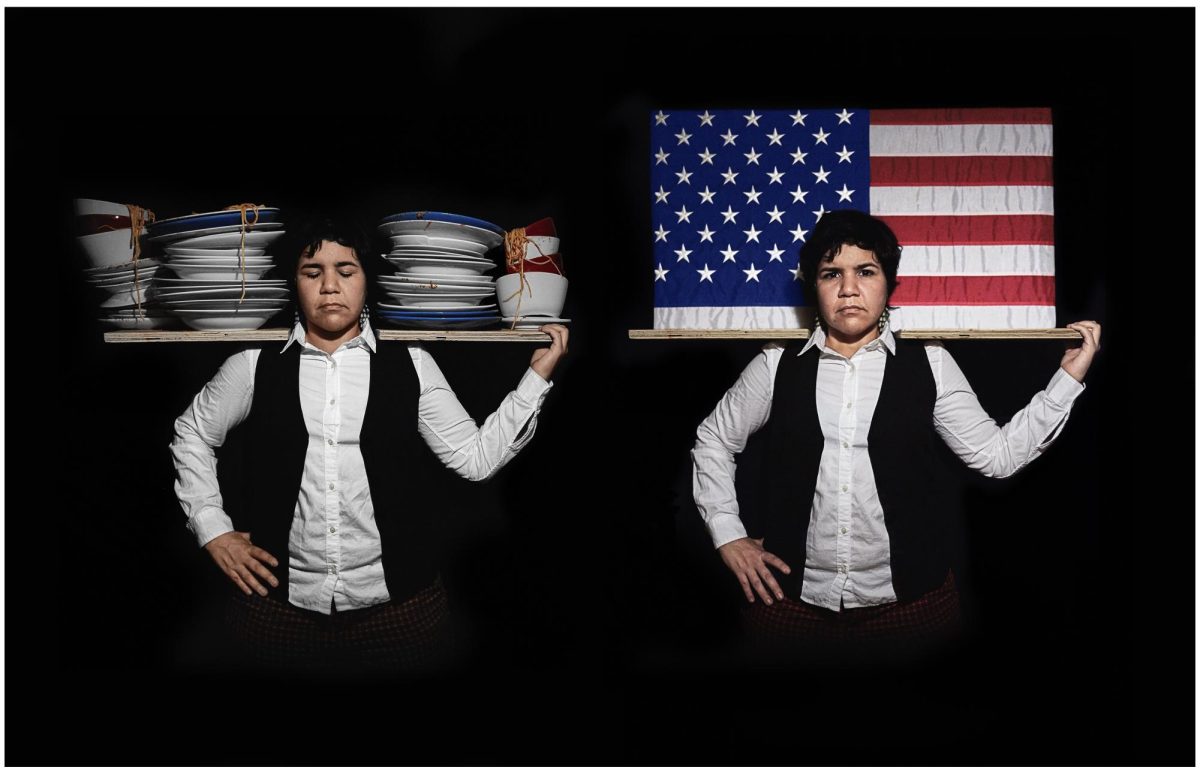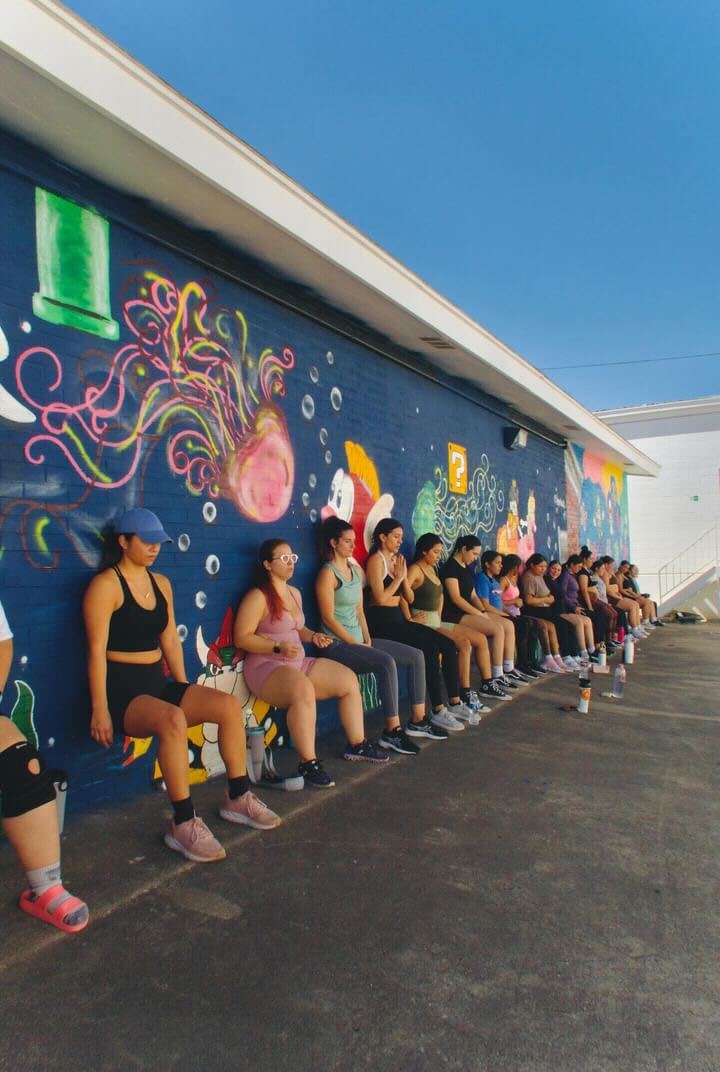In a world dominated by late-stage capitalism, the term “starving artist” can be a harsh truth as many artists in today’s world must work day jobs to preserve their ability to create.
Blanton Museum of Art’s “Day Jobs” exhibition demonstrates to audiences how a day job’s unique inspiration can imbue art with deeper meaning. With over 70 pieces from 38 artists, the exhibition, showing until July 23, highlights artists whose day jobs directly influence their work.
Meg Burns, the curatorial assistant for “Day Jobs”, discussed the core inspiration for the decade-long curation process.
“(We wanted to) draw more attention to the fact that in the United States, this is what it’s like to be an artist,” Burns said. “This is so often what is economically necessary for creative people to continue making their work.”
By displaying a glimpse into artists’ real world beyond Blanton’s walls, the contributors to “Day Jobs” provide a deep understanding of each piece. Organizing the exhibit by career sector and describing artists’ work experience enriches each piece with crucial context.
Tom Kiefer, who formerly worked as an antique shop owner and U.S. Customs and Border Protection processing facility janitor, now works as a full-time photographer in Ajo, Arizona. While working as a janitor at the Arizona border facility, Kiefer said he collected thousands of items deemed non-essential or potentially harmful by Border Patrol for his “El Sueño Americano” photography project. Kiefer photographs his archive of deeply personal trinkets and “trash” to explore the treatment of migrants at the border, contributing compelling photos to the “Day Jobs” Exhibition.
“The first thing that was confiscated and thrown in the trash was all this perfectly good, canned food. I just couldn’t take it anymore,” Keifer said.
Manuel Rodriguez-Delgado, a sculptor from Puerto Rico, repurposes discarded technology like hair dryer motors and wiring into complex contraptions inspired by outer space, imbued with dreams and secret language. His featured “Piloto” sculpture features a climate-controlled backpack that holds his idea notebook as a relic of time, featuring a language he created called “Orbital Basic” and two handmade crates that house the masterfully crafted contraption.
Rodruiguez-Delgado formerly worked at Terry Dowd Inc. making crates and boxes for pieces of art. He cites this job as having an influence on the crafting of his sculptures, as he is always concerned about their transportation.
“(‘Piloto’) was heavily informed by the language of crate-making and the logic of the packing part,” Rodruiguez-Delgado said.“The work that I’m making now is very optimized to be easily packed away and transported.”
The custom boxes displayed alongside the “Piloto” backpack are a perfect example of how Rodruiguez-Delgado’s past job inspired attention to detail and devout artistry. He said the knowledge gained from various areas of his life, like his art-packing job or love for outer space, inspires his futuristic work.
A day job represents one of the many experiences that can make up the life of an artist expressed on Blanton’s walls. Yet, the curation of “Day Jobs” highlights the ways artists survive today and how that survival manifests in their work and lived experience.
“It was really great to offer that kind of representation of what it really means to be a working artist and to talk about that openly,” Burns said.















